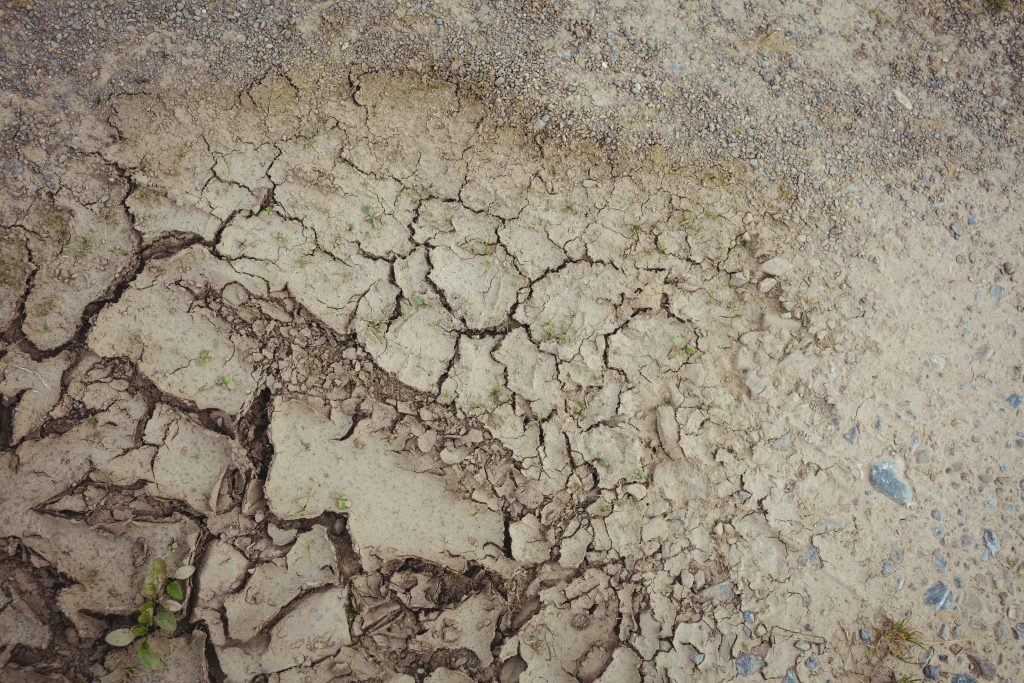By Benjamin Suciu
According to the U.S. Drought Monitor, drought has persisted for three years. It is causing the Colorado River, which provides more than 40 million people (about twice the population of New York) drinking water across seven western states in the United States, to have decreased water levels to new historic lows. A drought this severe has not afflicted the Colorado river for 1200 years. New Mexico, Colorado, Utah, Wyoming, Nevada, Arizona, and California have been affected, according to BBC.com. The U.S. government has tried to intervene by cutting water consumption in the states. Although, California, the state that consumes the most water from the Colorado River, is not complying. The disagreement discusses the amount of water the state should cut. According to NPR, certain areas in Arizona are less affected by the drought due to specific water storing methods.

Climate change has caused increased drought. A study by A. Park Williams, reported by NPR, posits that one-fifth of the drought comes from climate change. Greenhouse gas emissions are causing the planet’s temperature to increase, so the Colorado River evaporates quickly.
According to Princeton University, climate change is not only going to affect the western United States but also temperate areas worldwide. Overpopulation in the West causes less usable water since more people are moving to the west.
According to drought.gov, even though there was precipitation in the west this past year, it may not be enough to quell the drought, but it has alleviated the effects in certain regions in the west. According to Andrew Fisher, a hydrogeologist and professor at UC Santa Cruz states, water from the precipitation can be stored, as reported by NPR.org.
Furthermore, Professor Fisher states water from the precipitation might flow into the ocean instead of getting captured. Storing water is challenging, but treating it so it is used is another challenge.
How much treatment is necessary could be different depending on the area. Professor Fisher said that more water in the ground could minimize the effects of the drought. According to Newsweek.com, Hannah Cloke, a professor of hydrology at the University of Reading, claims, “the region will need to see consistent levels of rainfall at or above average levels for several years for the drought to end.



